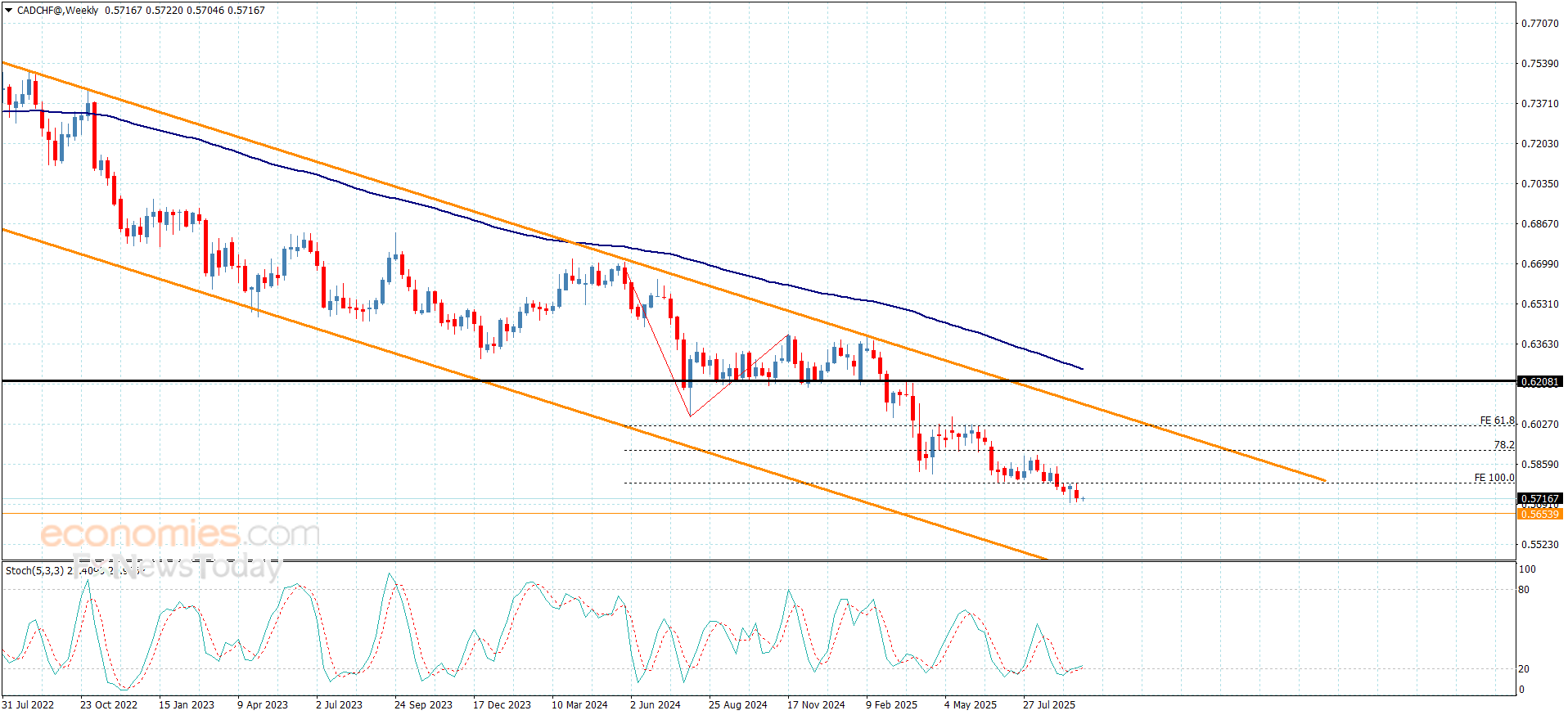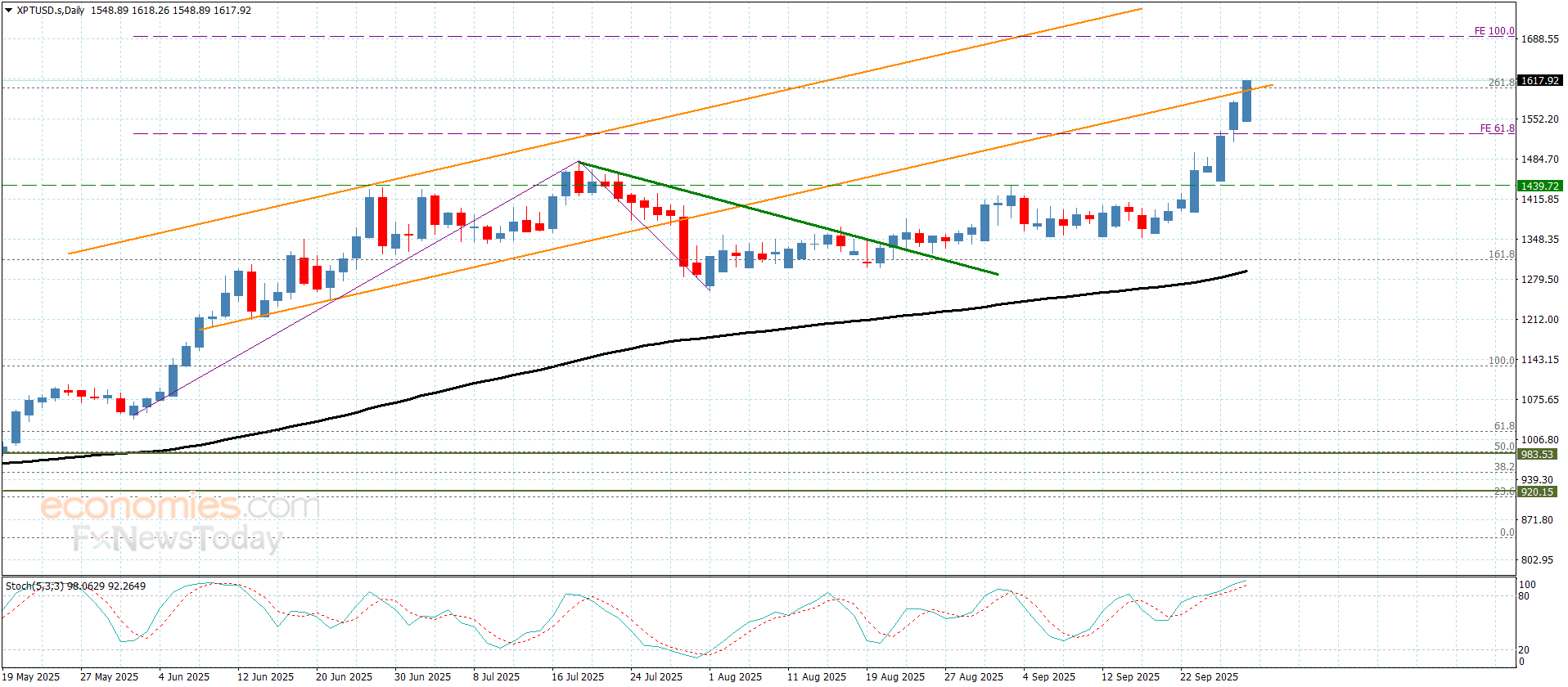Flare Network Enables XRP Yield via DeFi Integration
Flare Network has introduced new yield-generating opportunities for XRP holders through its decentralized finance (DeFi) infrastructure, marking a significant development for the asset. Scott Melker, host of The Wolf of All Streets podcast, highlighted this advancement in a recent tweet, where he referenced an episode featuring Flare co-founder Hugo Philion and Sentora co-founder Jesus Rodriguez [1]. The discussion detailed how Flare is enabling DeFi functionalities—such as lending, stablecoin issuance, and decentralized exchanges—for XRP and other tokens previously excluded from these markets.
Philion explained that Flare functions as an independent layer-one blockchain with built-in data protocols designed to support decentralized applications. These protocols serve as the foundation for enabling XRP to participate in DeFi. Despite its presence in the digital asset market, XRP has been largely absent from yield-bearing opportunities, a gap Flare aims to close by offering an Ethereum Virtual Machine (EVM)-compatible environment for developers to build financial applications [1].
The integration allows XRP holders to use their assets as collateral for stablecoin issuance, which can then be deployed across DeFi platforms to generate returns. Rodriguez outlined how Sentora’s product, Firelight, is being developed on Flare to facilitate structured risk management and yield strategies for both institutional and retail participants. These strategies include lending XRP, borrowing stablecoins, and reinvesting in yield-generating platforms while mitigating risks such as liquidation and slippage [1].
Flare’s approach is not limited to institutional investors. Philion emphasized that the platform is designed to accommodate both institutions and retail users, with a focus on accessibility for XRP holders who may possess significant amounts of the asset. The integration of neutral, decentralized data sources and Oracle systems, according to Philion, provides an institutional-grade infrastructure that also benefits retail investors by ensuring robust security and efficient execution [1].
Rodriguez noted that initial yield estimates for XRP holders could range between 4% and 7%, depending on market conditions and the specific strategies employed. These opportunities are available via non-custodial protocols, ensuring that users retain control over their assets unless they opt for custodial services. Flare’s FXRP bridge further supports this by allowing XRP to move onto the Flare blockchain without centralized intermediaries [1].
The broader implications of this development extend beyond immediate yield generation. Philion outlined Flare’s vision for expanding the DeFi ecosystem around XRP and other non-yielding tokens, including the potential for lending, stablecoins, and decentralized exchanges. Rodriguez added that long-term goals include the introduction of innovative applications such as DeFi insurance, which could provide additional avenues for XRP to generate returns [1].
The collaboration between Flare and Sentora aims to create a sustainable framework for yield generation that caters to both institutional and retail participants. By bridging the gap between XRP and DeFi, Flare is positioning itself as a key player in unlocking the next phase of utility for the asset. This development represents a pivotal shift in the landscape for XRP, which has historically lacked integration with decentralized financial markets [1].
Source: [1] XRP Yield Is Here: How Flare Brings DeFi Applications for XRP Holders (https://timestabloid.com/xrp-yield-is-here-how-flare-brings-defi-applications-for-xrp-holders/)
Source link
Written by : Editorial team of BIPNs
Main team of content of bipns.com. Any type of content should be approved by us.
Share this article:








